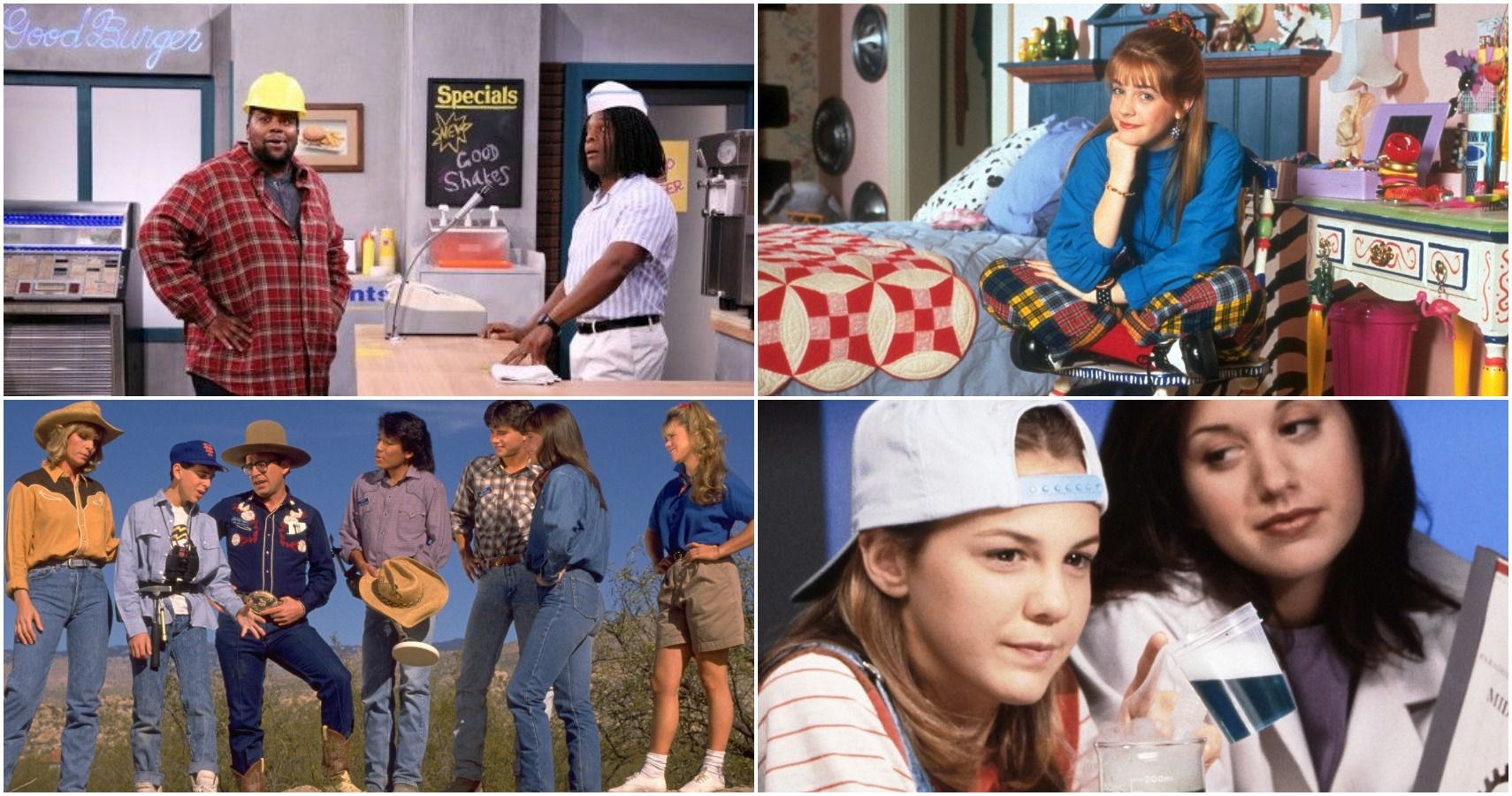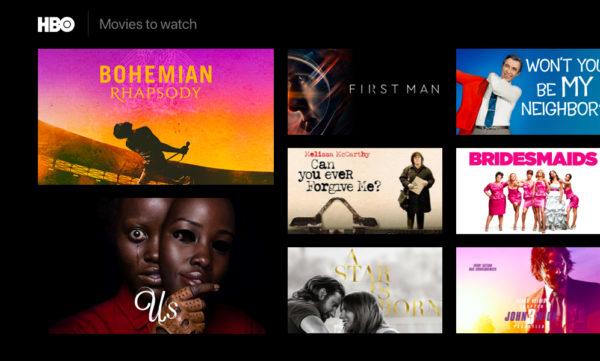
The controversy surrounding A Charlie Brown Christmas has not deterred families from keeping these shows holy. These specials have been a hit in the past and are highly rated. They are now losing their appeal.
The original television specials had live audiences, but this type of audience was soon replaced by canned laughter. This was okay for scripted shows but was not appropriate for musical stars. The Sixties and Seventies saw a surge in popularity for Christmas specials. This was the golden era of Christmas television specials. There were many sitcoms that were produced during this period, including Mary Bob, Bob, Clampetts and Bob. But, cable TV was also a dominant force in the market during the Seventies. It also meant that the networks were cutting back on their broadcasts. The networks stopped airing the variety shows that were once broadcast on their channels.
One of the most iconic Christmas TV specials is The Grinch. Chuck Jones directed this TV special, which was based on Dr. Seuss’s classic book. To adapt the story to TV, the special used the book's text. The Grinch is a mean and green character. Boris Karloff has provided the voice. "You're the Mean One, Mr. Grinch" is sung by the Grinch. Grinch." The lyrics describe the character as being "tangled up in knots" and a "disgusting dump heap."

The Little Drummer Boy, another Christmas TV classic, is another. This was an animated special produced by Romeo Muller and Arthur Rankin, Jr. The classic song was the inspiration for this special. Greer Garson performed the narration.
Another classic TV special is "Elf". This animated special is another one produced by Rankin/Bass. This story is about lessons in acceptance, prejudice and love. AniMagic animated this special. It was almost like Christmas decorations came to life. It was also impressive in its detail and world design.
In just 21 years, the Rankin/Bass Studio has produced 17 Christmas specials. The studio provided a variety of animation styles, including stop motion animation. AniMagic was also used by the studio to tell their stories. However, they also used exterior shots to depict their storylines. The studio also had Santa's Workshop, where they would create these specials. The studio produced a number of popular Christmas specials. These include Santa Claus Is Coming to Town, Rudolph The Red-Nosed Reindeer and Frosty the Snowman.
In the 1970s, Rankin/Bass produced a variety of animated specials. These included Santa Claus are Coming to Town, The year without a Santa Claus Claus, and Santa Claus's coming to town. Some of these specials have been made available in high definition. High definition versions of these specials can include newspaper clippings as well as flaws in the animation. These TV specials, as well as others, are now digitally available so you can watch them again.

In the 1970s, Rankin/Bass also produced several stop motion animated Christmas specials. These were classics. The animation in them is outstanding.
FAQ
What is the most used TV commercial?
Most commercials feature products people use, such as food, clothing, and cars.
Most advertising involves product placement, which is when real-life objects are used to promote a product.
It could be anything, from an actor wearing a shirt designed by a company to show how easy it would be to brand a car with their name on it to a comedian wearing one.
These ads do not appear on TV all the time. They appear in magazines and newspapers, billboards, radio, and other media.
Sponsorship, which is a type of advertising that involves companies sponsoring specific programs to promote their products, is another popular option.
This type of advertisement is extremely effective since viewers are already paying attention to a specific program. A viewer will recall the logo of a company if he sees it while watching a program. Sponsorships are particularly effective for children’s shows as kids tend to pay closer attention to logos.
Advertising by branding is the third type. To make themselves stand out, companies use branding. This can range from awarding celebrities with their name to making sure that everyone knows about your company.
If you want your company to be well-known, branding is essential. A great image is key to making yourself popular.
Branding can take many forms. It can involve creating a logo, having a spokesperson, or having a catchy jingle.
Music is a great way to market yourself. People listen to music on the radio every day. People may sing your song around the city if it's catchy.
If you do this, you can get free publicity!
How are TV Ads Distributed?
Television ads are most commonly distributed via satellite, cable, IPTV, IPTV, over the-air broadcast, DVRs and VODs.
There are many different ways to deliver content to consumers today. There isn't enough variety in the distribution methods companies use to advertise their products.
This is because they all look at the same metrics when deciding what delivery method to use.
For example, if your ad effectiveness is measured by viewing time, you'll want to make sure that the advertisement is accessible on as many channels as possible.
If your objective is to measure the effectiveness of ads based on impressions then you need to ensure that your ads are reaching as many eyes as possible.
The problem with this is that they don't always go together.
For instance, if you're delivering an advertisement on multiple platforms, but only one platform delivers high-quality video, then you may end up getting fewer views from that particular platform.
If you rely on your success only in terms of time, you might miss out on some opportunities.
What industry uses TV to advertise the most?
The automobile industry.
They advertise their cars so often because they are always trying to improve them. They want to make their cars safer, faster and more efficient.
They need to keep their customers interested in purchasing their products.
They do what? You can find them all over the internet.
On billboards, bus stops, television, radio, magazines, newspapers, you name it.
They're more than just ads.
They are all very different. Some are funny, others are informative, some are inspiring, some are entertaining, and some are educational.
However, no matter what kind of ad it is, there are high chances that it will be effective.
Statistics
- This includes 97 percent of Gen X, and 95 percent of Millennials. (marketingevolution.com)
- In fact, when the ad first launched, Dos Equis quickly became one of the fastest-growing beers, increasing its sales by over 22%. (qualitylogoproducts.com)
- Radio is extremely accessible – 95 percent of cars have radios, and 99 percent of homes have radios. (marketingevolution.com)
- Video-ad views on OTT (over-the-top) devices grew 63% year over year in Q3 2016, and the trend is expected to continue, further crippling traditional TV advertising. (clearcode.cc)
- Television is a great brand awareness tool - Almost every American has a television, with 83 percent of adults having two or more, and American households keep their televisions on for 8.1 hours each day on average. (marketingevolution.com)
External Links
How To
How can I make money from my TV commercial?
Through a variety of channels, you can make money through your TV commercial. Here are some of the ways you can make money from your TV commercials:
Advertising - This refers to any paid promotion that encourages viewers to watch your commercial.
Merchandising - This refers to selling merchandise related to your product after watching your commercial.
Licensing is the licensing of your commercial to other businesses so they can use it in their promotions.
Syndication is the process of syndicating your commercials to other networks.
Advertising revenue can be used as a funding source for future projects and production costs.
Advertising can generate significant income, but it doesn’t always guarantee a return.
To start making money from your TV commercial, you should first determine which types of advertising are available to you. After that, you need to know more about each one before making a choice.
Next, think about where you would like your commercial placed. If you are looking for a place to advertise on popular TV programs like sports games or sitcoms, then this is the right place. Or perhaps you'd prefer to target younger demographics by placing your commercial near children's shows.
The final decision is whether to make your own commercials or buy one from a distributor. If you want to make your own commercial, it is important to find someone who can direct the actors, write the script and edit the final product. However, purchasing a pre-made commercial can save you valuable time and money.
After deciding how you want to go about creating your commercial, you should start looking into different options. Consider these things when choosing an advertising channel.
Target Audience – This is the most popular way to advertise. You can advertise to children, teenagers, young people, middle-aged men or women over fifty years old, for example.
This is where the key lies in finding the right audience to place your advertisement. It is not a good idea to spend money on people who aren’t interested in your product.
Placement - You need to consider how many people are likely to see the ad when you decide where to put it. If your plan is to advertise at a sporting event or other public events, it might make sense to place your commercial right before the first whistle. You can make sure everyone sees your advertisement.
You may need to consider other options if your goal is to reach people living outside of your region. To reach a larger audience, you can use satellite dishes or cable TV to broadcast your commercial.
Production costs - Companies spend anywhere from $5,000 to $10,000 per minute for commercial airtime. Advertisers are charged an advertising fee based on how long the spot is.
A company might want to air 30 seconds of commercial radio time. It will usually charge $1,500. They'll have to pay $2,500 for 60 seconds.
For a commercial you will need to budget anywhere from $3,000-$15,000. You will also need to hire a writer, producer, editor and actor.
Time frame - The time it takes to complete an advertising campaign is also important. You won't have the time to wait for commercials to air after the Super Bowl if you want to sell products within one week. You'll have to choose a medium that makes it easy to advertise.
To reap long-term exposure you will need to invest time and effort in creating a quality commercial.
Cost per Viewer - Last, consider how much it costs to view each individual's commercial. This depends on your audience size and how many views it receives.
An example is a commercial that attracts 10 million viewers. It will be more expensive to produce a commercial that receives only 1,000 views.
You'll need to consider all of these factors when deciding which option will work best for your situation. Here are some tips to help get you started once you've settled on a strategy.